Bunratty Castle & Folk Park
Bunratty Castle and Folk Park in County Clare was our first destination. Considered the “historic theme park” of Ireland, Bunratty is a 26-acre park with a collection of thatched-roof farmhouses, shops on a village street, Georgian homes, a church, watermills, and a school that have been moved to the site to simulate a village in 1900 Ireland. Complete with craftspeople, farm animals and gardens, of course it includes a castle! We had originally considered skipping this “theme park” of Ireland because we thought it might be cheesy. But, a flight attendant on our Philly/Shannon leg told us not to miss it.
Well, we were pleasantly surprised and enjoyed our leisurely stroll through the folk park grounds and climbed the castle last. The only way to get from floor to floor of this castle (and all the others we toured in Ireland) is to climb up and down very steep, worn, narrow (less than 2 feet wide) turret steps, passing people going in the opposite direction. A wee bit claustrophobic at best, but excellent aerobic exercise! While it was treacherous at times and it made Christin’s townhouse seem like no big deal, we were stressed in places, holding our breath.
Once done and outside, we ended up laughing and laughing and deciding it was worth the experience and the stress.
Bunratty Castle, originally built in 1425, is considered the most authentically restored castle in Ireland complete with furniture, tapestries and stain-glassed windows. The 4th castle built at this location, it has changed hands many times through warring chieftains as well as English rule and plundered and destroyed eight or nine times throughout its history. Restored by Lord and Lady Gort, who purchased it in 1945 and furnished it with period-appropriate furniture and works of art, it is now held in trust by the Republic of Ireland. Bunratty Castle holds medieval banquets almost every night of the week. Time for another Irish blessing:
May you always walk in sunshine.
May you never want for more.
May Irish angels rest their wings right beside your door.
The Craggaunowen Project
We decide to head for the village of Quin and visit the Craggaunowen Project with Christin at the wheel (Side Note: she decided I was too slow during our drive from the rental car store to Bunratty, so she became the driver for the rest of our road trip. I was delegated navigator, although I failed miserably at this job, often, getting us lost and we would have to turn around!).
As our little Toyota climbed through the tiny, winding roads of the tree-covered hills, we saw a tower house peaking through the treetops of the countryside. This was Craggaunowen Castle – a magical place that includes an interactive Celtic village depicting life from the Stone Age through Early Christian times. It includes a ring fort, a crannog (a lake-dwelling), an iron-age roadway, an outdoor cooking site, a portal tomb and herd of wild boar all spread over a 50 acre site.
This “project” is the creation of John Hunt, who died in 1976 and his heirs have left this in trust to the Irish Nation.
It’s now late afternoon and exhausted from our long flight and visiting these two castles, we decide to find our hotel accommodations for the night. Did I mention that we were staying the night in a castle? Our destination, Dromoland Castle, is located in the village of Newmarket-on-Fergus, which is southeast of Quin. As we are driving through the lovely Irish countryside, we notice that stone walls seem to be everywhere. Fields full of stone walls, with nothing in between – no animals, no dwellings. (Note: once home, I learn that all the ruined stone buildings and the patchwork of dry-stacked stone walls, typical of western Ireland, are actually deserted famine villages from the Great Potato Famine that plagued Ireland from 1845 to 1852).
Well, I guess by now you’ve figured out that this post contains more than two Irish blessings! And, here’s yet another!
May the sun shine all day long,
Everything go right and nothing go wrong.
Read more on Page 3…
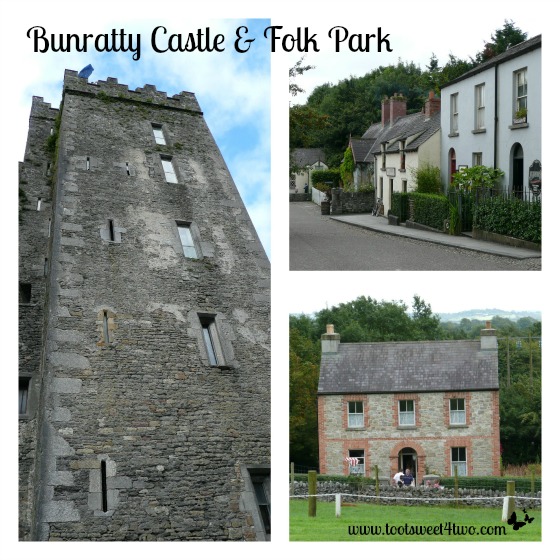
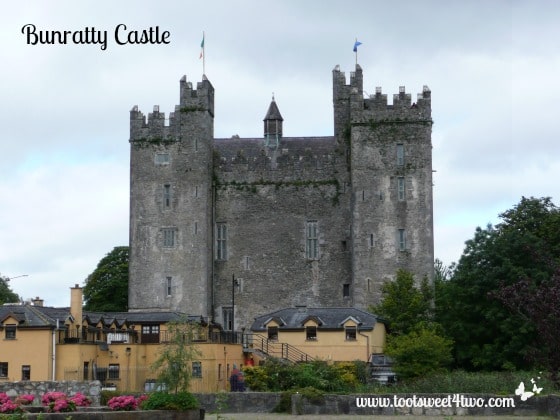
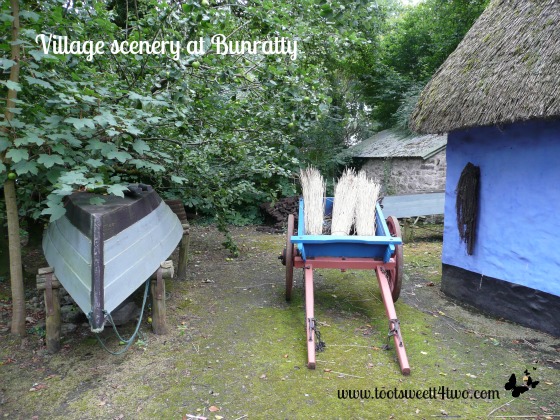
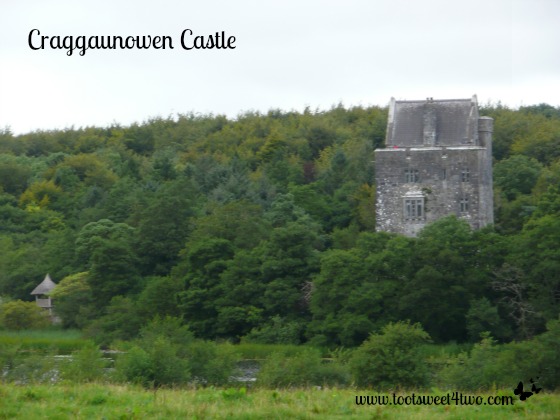
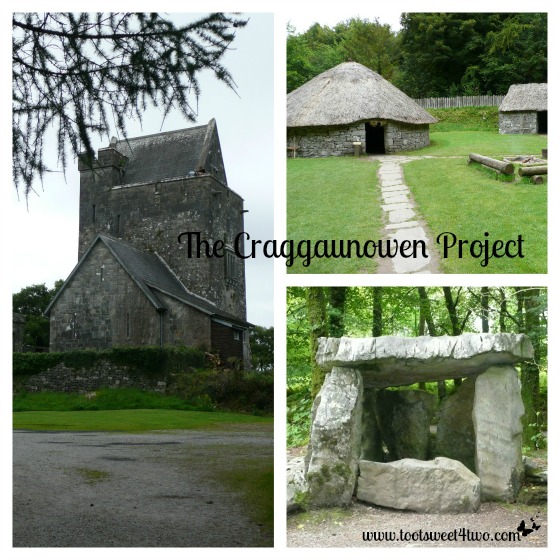
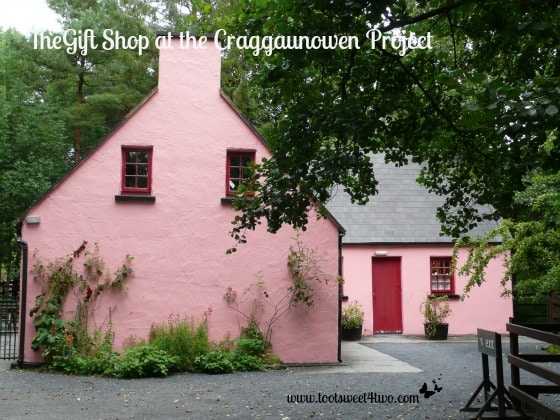
Leave a Reply